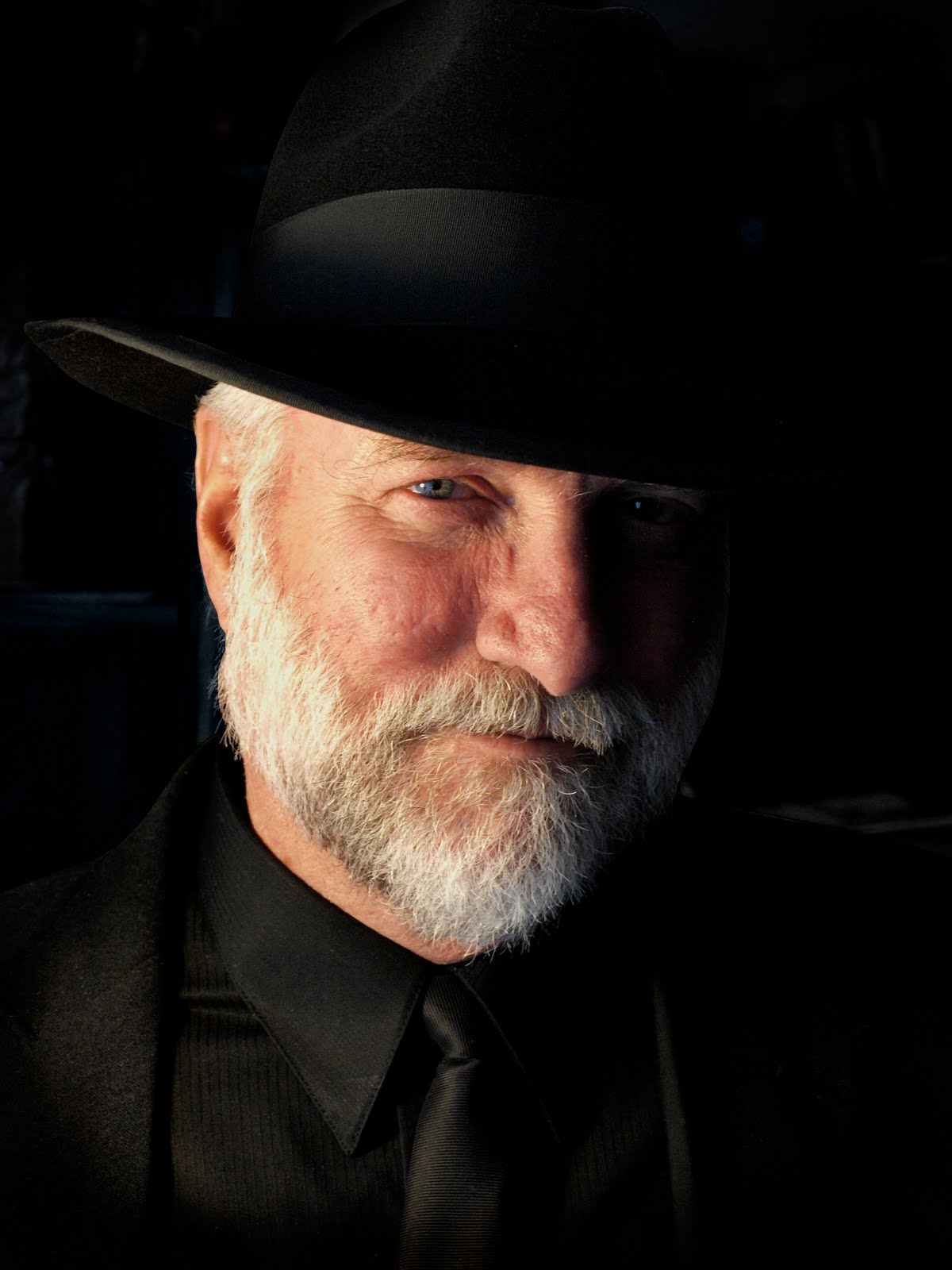
Helen Adams Keller
(June 27, 1880 – June 1, 1968)
Helen Adams Keller was born in reconstruction Alabama to a former Confederate Army officer, Captain Arthur H. Keller, and Kate Adams Keller, a cousin of Robert E. Lee and the daughter of General Charles Adams of the Confederacy. At about 19 months of age, Helen contracted an illness, probably scarlet fever or meningitis, which left her blind and deaf. Her only communication was through some simple signs within the family household. When Helen reached the age of six, her mother, hoping to help her daughter develop more ability to communicate with the outside world and be able to be more self sufficient, contacted experts in the field of teaching the deaf and blind. Her search ended with the arrival of Anne Sullivan, a recent graduate of the Perkins Institute of the Blind in Boston. The 20 year-old Sullivan became Helen’s instructor and eventually her governess and ultimately a companion for most of her life, until after she married and her health began to fail in 1914.
Understandably, Helen’s parents tended to spoil their handicapped child and inadvertently frustrated Sullivan’s attempts to create a disciplined learning atmosphere for the child. To help Helen focus on her studies without distractions from the family, Sullivan convinced Helen’s father to allow her to separate Helen from the rest of the family and reside in a small house on the family’s estate. As can be seen in the two films entitled “The Miracle Worker” which depict the early events in Helen’s and Anne’s relationship, Sullivan was able to make a break through with Helen by running water over water over their hands while repeatedly making the sign for water in the palm of Helen’s hand. When Helen realized that Sullivan was communicating the “name” for water, the child’s natural intelligence erupted with the desire for more. She nearly exhausted Sullivan with demands to know the signs for everything and everyone she could think of.
At the age of ten, Sullivan began to teach Helen to speak by letting Helen Sullivan’s lips and throat as she spoke and then showing her the signs of the words spoken. She then graduated to learning to read Braille, eventually learning French, German, Greek and Latin. Helen’s unstopped intelligence thrived. She moved with Sullivan to New York 1894 to attend the Wright-Humason School for the Deaf and the Horace Mann School for the Deaf, and in 1896 they went to Massachusetts to attend the Cambridge School for Young Ladies. In 1900, Helen was admitted to Radcliffe College where, at 24, she was the first blind and deaf person to earn a Bachelor of Arts degree, graduating Magna Cum Laude.
Helen’s accomplishments resulted in great notoriety, which she used to great profit for herself and the causes she chose to embrace. She was a popular author and speaker. Americans of note, including presidents from Grover Cleveland to Lyndon Johnson, and popular figures such as Mark Twain, Charlie Chaplin, and Alexander graham Bell, sought her acquaintance and called her friend. Though Keller’s politics were radical for her time—along with being a suffragist and a pacifist during World War I, she embraced socialism and helped found the ACLU—she is best known for her efforts to help people with physical disabilities. Her efforts were not for Americans alone. She traveled the world over, shedding light on the plight of the physically impaired and encouraging society to recognize their potential. She was a symbol of what can be accomplished by even the most crippling circumstances when love, respect and a helping hand is proffered.
In the decade or so before her death in 1968, Helen’s life and struggles were honored from various quarters. Though Helen’s and Anne’s story was brought to the silent film screen 1919 as “Deliverance”, their story was retold in the Broadway play The Miracle Worker in 1959 and the award winning feature film, by the same name in 1962. Helen was awarded the Presidential Medal of Freedom by President Johnson 1964 and elected to the Women’s Hall of Fame at the New York World’s Fair later that year. Since her death on June 1, 1968, the world continued pay tribute to Helen Keller with the retelling of her story in on the big and little screens. And, we continue to marveling at her accomplishments with the help of others, and her will to overcome what seemed to be overwhelming physical handicaps.


1 comment:
Hers was such an inspiring story. I didn't know about her politics until I read this, but I remember the story of how she and a companion -- perhaps Anne Sullivan, but I don't know for sure -- boarded a bus, whereupon Helen said there was a painter on it. And there was indeed a painter on that bus, some 20 feet from the entrance.
Post a Comment